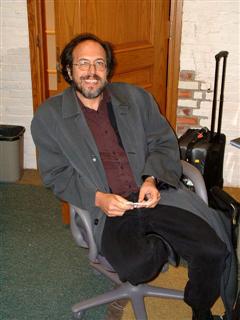
Lee Smolin is an American theoretical physicist, a faculty member at the Perimeter Institute for Theoretical Physics, an adjunct professor of physics at the University of Waterloo and a member of the graduate faculty of the philosophy department at the University of Toronto. Smolin's 2006 book The Trouble with Physics criticized string theory as a viable scientific theory. He has made contributions to quantum gravity theory, in particular the approach known as loop quantum gravity. He advocates that the two primary approaches to quantum gravity, loop quantum gravity and string theory, can be reconciled as different aspects of the same underlying theory. He also advocates an alternative view on space and time that he calls temporal naturalism. His research interests also include cosmology, elementary particle theory, the foundations of quantum mechanics, and theoretical biology.

Giovanni Florio (1552–1625), known as John Florio, was an English linguist, poet, writer, translator, lexicographer, and royal language tutor at the Court of James I. He is recognised as the most important Renaissance humanist in England. Florio contributed 1,149 words to the English language, placing third after Chaucer and Shakespeare, in the linguistic analysis conducted by Stanford professor John Willinsky.

Carlo Rovelli is an Italian theoretical physicist and writer who has worked in Italy, the United States and, since 2000, in France. He is also currently a Distinguished Visiting Research Chair at the Perimeter Institute, and core member of the Rotman Institute of Philosophy of Western University. He works mainly in the field of quantum gravity and is a founder of loop quantum gravity theory. He has also worked in the history and philosophy of science. He collaborates with several Italian newspapers, including the cultural supplements of the Corriere della Sera, Il Sole 24 Ore and La Repubblica. His popular science book, Seven Brief Lessons on Physics, was originally published in Italian in 2014. It has been translated into 41 languages and has sold over a million copies worldwide. In 2019, he was included by Foreign Policy magazine in a list of 100 most influential global thinkers.
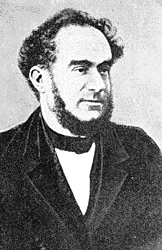
Carlo Matteucci was an Italian physicist and neurophysiologist who was a pioneer in the study of bioelectricity.

Tullio Levi-Civita, was an Italian mathematician, most famous for his work on absolute differential calculus and its applications to the theory of relativity, but who also made significant contributions in other areas. He was a pupil of Gregorio Ricci-Curbastro, the inventor of tensor calculus. His work included foundational papers in both pure and applied mathematics, celestial mechanics, analytic mechanics and hydrodynamics.
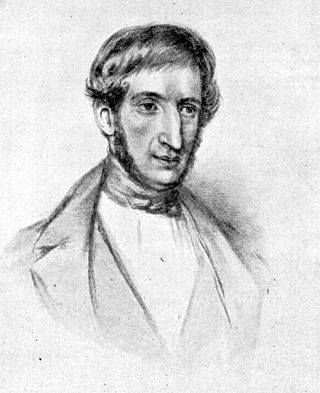
Ottaviano-Fabrizio Mossotti was an Italian physicist who was exiled from Italy for his liberal ideas. During the First Italian War of Independence he led a "battalion of students," part of a delegation from the Grand Duchy of Tuscany. He later taught astronomy and physics at the University of Buenos Aires. His name is associated with a type of multiple-element lens for correcting spherical aberration and coma, but not chromatic aberration. His studies on dielectrics led to important results: the Clausius-Mossotti formula is partly named after him, and his views on dielectric behavior helped lead James Clerk Maxwell to devise his theory of the displacement current, which led in turn to the theoretical prediction of electromagnetic waves.
The history of loop quantum gravity spans more than three decades of intense research.
In general relativity, the hole argument is an apparent paradox that much troubled Albert Einstein while developing his famous field equations.

Gaetano Fichera was an Italian mathematician, working in mathematical analysis, linear elasticity, partial differential equations and several complex variables. He was born in Acireale, and died in Rome.

Franco Selleri was an Italian theoretical physicist and professor at the Università degli Studi di Bari Aldo Moro. He received his Doctorate / Ph.D. cum laude at the Università di Bologna in 1958, and was a fellow of the Istituto Nazionale di Fisica Nucleare beginning 1959. He was a member of the New York Academy of Sciences and the Fondation Louis de Broglie, and served on the board of directors of the Italian Physical Society.
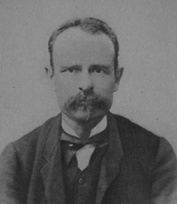
Giovanni Cantoni was an Italian physicist and political figure.
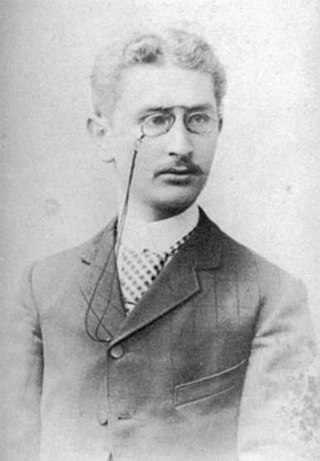
Max Talmey (1869–1941) was an American ophthalmologist of Jewish-Lithuanian descent, best known as Albert Einstein's tutor who introduced him to fields of and books on natural science and philosophy, for his success in treating cataracts, and for his work on auxiliary languages.
Paolo Pietro Straneo was an Italian mathematical physicist.
The Crollalanza theory of Shakespeare's identity posits that Shakespeare was an Italian called Michelangelo Florio a.k.a. "Crollalanza", whose mother's family name is variously given as Crollalanza or Scrollalanza ("shake-speare"). He is said to have emigrated to England where he became William Shakespeare of Stratford-upon-Avon. First proposed in the 1920s by Santi Paladino, who claimed Michelangelo Florio was involved in creating Shakespeare's works, the Crollalanza hypothesis has gone through several permutations and developments. In most recent versions, the character's birthplace has moved from the North to the South of Italy. Paladini suggested that Michelangelo Florio was the real author of Shakespeare's works. But historical documents written by Michelangelo Florio himself disproved those claims. Independent filmmaker Alicia Maksimova released in 2016 a documentary film Was Shakespeare English?, covering this topic, which lacks scholarly support.

The Order of Time is a book by Italian physicist Carlo Rovelli, a specialist in quantum gravity research, about time in physics. An audiobook, four hours and nineteen minutes long, was read by Benedict Cumberbatch.

Reality Is Not What It Seems: The Journey to Quantum Gravity is an illustrated book by Italian physicist Carlo Rovelli. The book discusses quantum gravity. It was first published in Italian in 2014. It was published in English in 2016 by which time the English translation of Seven Brief Lessons had already appeared.
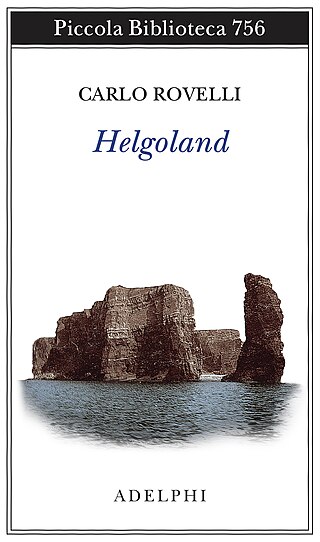
Helgoland is a book by Italian physicist Carlo Rovelli about quantum mechanics and the relational interpretation of it that Rovelli developed. The title refers to Heligoland, an island in the North Sea where Werner Heisenberg secluded himself while developing the basic ideas of quantum mechanics in 1925.

Subtle is the Lord: The Science and the Life of Albert Einstein is a biography of Albert Einstein written by Abraham Pais. First published in 1982 by Oxford University Press, the book is one of the most acclaimed biographies of the scientist. This was not the first popular biography of Einstein, but it was the first to focus on his scientific research as opposed to his life as a popular figure. Pais, renowned for his work in theoretical particle physics, was a friend of Einstein's at the Institute for Advanced Study in his early career. Originally published in English in the United States and the United Kingdom, the book has translations in over a dozen languages. Pais later released a sequel to the book in 1994 titled Einstein Lived Here and, after his death in 2000, the University Press released a posthumous reprint of the biography in 2005, with a new foreword by Roger Penrose. Considered very popular for a science book, the biography sold tens of thousands of copies of both paperback and hardcover versions in its first year. The book has received many reviews and, the year after its initial publication, it won both the 1983 National Book Award for Nonfiction, in Science (Hardcover), and the 1983 Science Writing Award.

The Florian theory of Shakespeare authorship holds that the Protestant pastor Michelangelo Florio (1515–1566) or his son the English lexicographer John Florio (1552–1625), or both, wrote the plays of William Shakespeare (1564–1616). First thought up in 1927, the idea placed both Florios among the over 80 alternative candidates proposed since mid-19th century as the secret authors of the works of Shakespeare. The intertextual relations between the respective works of John Florio and Shakespeare have been intensely investigated by scholarship but, at the same time, have given rise to 'persistent pseudo-scholarly' attempts. Scores of works of "biographism", proposing different candidates and using similar arguments, have emerged since the mid 19th-century to question Shakespeare's authorship, but no one in his own time entertained any doubts that he was the author of his works.













